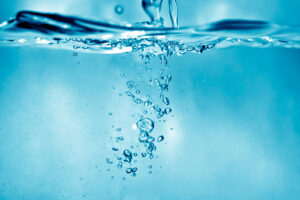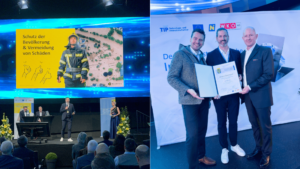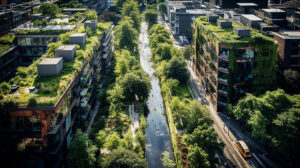No, you won’t learn here how to hack a GSM network … The aim of this two-parted article is to make the basic properties of radio signals (especially GSM radio signals) comprehensible.
Mobile communications is a technical issue that naturally involves a lot of technical terms and abbreviations. GSM, UMTS, Wi-Fi … to name a few. But all kinds of mobile communications have a fundamental functional principle in common: radio waves are always transmitted from the sender to the recipient whereby the medium is the environment itself.
Classification of radio signals
When classifying radio signals the wavelength/carrier frequency plays a crucial role. It defines the “spatial” dimension of a radio wave – which determines the required size of the antenna as well as other factors (like range, data rate …).
Just imagine: when you throw a stone into a lake, waves appear around the spot where the stone has sunken. According to the size of the stone these waves are smaller or bigger.
Let’s stray a little
„Stop!“, some of us might say. “That’s not true! A satellite dish is much bigger than a mobile phone and a radio controlled clock is not 4 kilometers long – so how can the wavelength be decisive for the antenna size?”
In case of the radio controlled clock, the antenna (a thin wire) is winded on an iron core. This is a technical trick for miniaturization.
The satellite dish however reflects the radio wave to the antenna’s focal point which is part of the so called LNB (receiver).
About radio waves
All radio waves have one fact in common:
- The higher the carrier frequency, the more the propagation resembles the characteristics of light.
- The lower the carrier frequency, the more the propagation resembles the characteristics of sound respectively the waves in a lake.
Due to their location in the electromagnetic spectrum, GSM radio signals are virtually hybrid. The wave propagation is similar to the sound propagation but is already showing shading effects similar to the characteristics of light which are still not dominating the transmission path. This enables mobile phone usage also in buildings or in the nature.
Satellite reception however requires line of sight. Due to the long distance we can’t see the satellite anymore, but as seen from Earth it always stays in the same position (geostationary orbit). That’s why all satellite dishes are aligned the same way.
Learn more about GSM network architecture and how to improve the reception quality next week!


